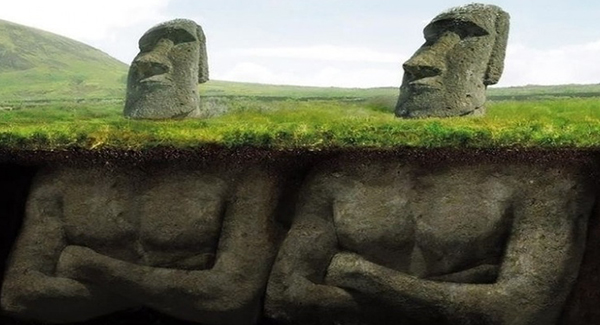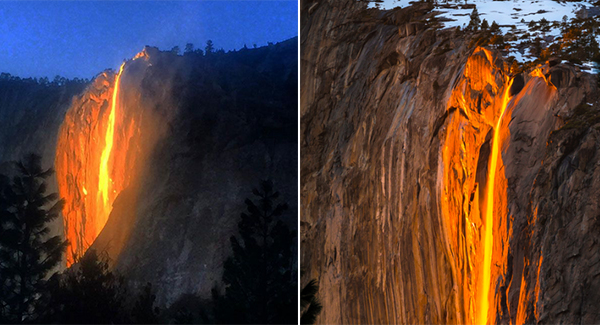Archaeologists from Egypt and Germany have found a massive 26ft (8 metre) statue submerged in ground water in a Cairo slum.
Researchers say it probably depicts revered Pharaoh Ramses II, who ruled Egypt more than 3,000 years ago.
The Antiquities Ministry praised the find as one of the most significant ever; it was made close to the temple ruin of Ramses II in the ancient city of Heliopolis, which is now a part of modern-day Cairo.


Ramses the Great was the most powerful and celebrated ruler of ancient Egypt. Known by his successors as the ‘Great Ancestor’, he led several military expeditions and expanded the Egyptian Empire to stretch from Syria in the east to Nubia in the south.
He was the third pharaoh of the Nineteenth Dynasty of Egypt and ruled from 1279 to 1213 BCE.



The joint Egyptian-German expedition, which included the University of Leipzig, also found the upper part of a life-sized limestone statue of Pharaoh Seti II, Ramses II’s grandson, which is 80 centimetres long.
It was one of Egypt’s biggest temples, about twice as big as Luxor’s Karnak, but it was destroyed during the Greco-Roman era.
Many of its obelisks were transported to Alexandria or Europe, and as Cairo grew, stones from the site were plundered and used for construction.


Experts will now attempt to extract the remaining pieces of both statues before restoring them. If they are successful and the colossus is proven to depict Ramses II, it will be moved to the entrance of the Grand Egyptian Museum, set to open in 2018.
The discovery was made in the working class area of Matariya, among unfinished buildings and mud roads.

Dietrich Raue, head of the expedition’s German team, told Reuters that ancient Egyptians believed Heliopolis was the place where the sun god lives, meaning it was off-limits for any royal residences.
‘The sun god created the world in Heliopolis, in Matariya. That’s what I always tell the people here when they say is there anything important. According to the pharaonic belief, the world was created in Matariya,’ Raue said.
‘That means everything had to be built here. Statues, temples, obelisks, everything. But … the king never lived in Matariya, because it was the sun god living here.’





